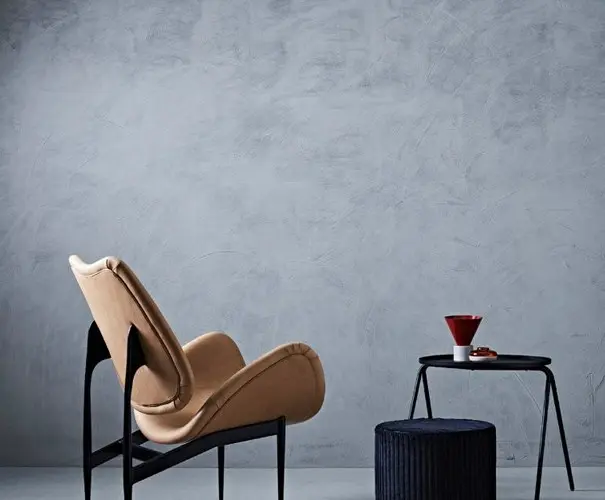How Do the Pros Remove Mold Without Spreading It?
If you’ve found mold in your home, you might be wondering: “How do professionals get rid of it without making things worse?” The answer lies in a careful, step-by-step process. Here’s a breakdown of how the pros tackle mold, keep spores from spreading, and make sure your home is safe again.
- First Things First: How Bad Is the Mold?
Before doing anything else, the experts start by figuring out just how much mold they’re dealing with. If you’re looking for help, a mold remediation company in Connecticut can guide you through the process.
Here’s how they check:
– Look Around: They search for visible patches, stains, or damaged surfaces.
– Find the Water: Moisture is mold’s best friend. Pros use moisture meters or even thermal cameras to spot damp spots.
– Test the Air: Air and surface samples tell them what kinds of mold are present and how much is floating around.
– Check Hidden Spots: They might use fancy tools to look behind walls or under floors, just in case.
Why bother?
A thorough check means no surprise mold patches later!

- Locking Down the Moldy Area
Nobody wants mold spores blowing all over the house! Containing the area is super important.
What the pros do:
– Put up heavy plastic sheets and tape off doorways, vents, and windows.
– Sometimes set up “negative air pressure” machines with HEPA filters, which suck contaminated air out and keep spores from escaping.
– Double-check that the barriers are tight and nothing’s getting through.
Tips to remember:
– If you’re DIY-ing, at least close off the room and cover vents!
- Suiting Up with PPE (Personal Protective Equipment)
Mold can be nasty for your health. That’s why professionals never start cleaning without the right gear.
PPE checklist:
– Disposable coveralls or old clothes that can be washed hot
– Gloves (nitrile or rubber, not fabric)
– Safety goggles
– N95 mask or a professional-grade respirator
– Shoe covers
Pro tip:
Never touch your face or adjust your gear while cleaning!
- Setting Up Barriers and Containment
This step is all about making sure spores stay put.
How it’s done:
– Seal off all doors, vents, and cracks with plastic sheeting and strong tape.
– Use zip walls or temporary barriers if needed.
– Create a mini “clean room” or decontamination area for entering/exiting the space safely.
Why it matters:
Without this, you could have mold popping up in new places.
- Choosing the Right Cleaning Products & Methods
Not all cleaning products are created equal, and some can actually make things worse.
For light mold:
– Vinegar or hydrogen peroxide can work on small spots.
For bigger jobs:
– Professionals use special fungicides made for mold.
– They avoid bleach on porous materials (it doesn’t penetrate and can leave water behind).
Cleaning tips:
– Wipe surfaces damp, not dry, to keep spores from going airborne.
– Use non-abrasive scrubbers.
– Always test a small spot first!
- Filtering and Ventilating the Air
Even with barriers, some spores can get loose so air filtration is a must.
Pros use:
– High-Efficiency Particulate Air (HEPA) filters to trap spores.
– Negative air machines to keep air flowing out, not in.
– Sealed ducting so clean and dirty air don’t mix.
At home?
– Open windows afterward (once cleaning is done) to air things out.
- Doing a Post-Cleanup Inspection
The job’s not done until everything’s been double-checked.
What happens:
– Inspect all surfaces, including hidden corners and inside ducts.
– Take air and surface samples to see if any mold is left.
– Compare test results to what was found before cleaning.
Why bother?
This is how professionals make sure your space is truly safe to use again.
- Preventing Mold from Coming Back
The best way to fight mold is to keep things dry!
Top tips:
– Keep humidity below 50%. Use a dehumidifier if needed.
– Ventilate! Use fans in kitchens and bathrooms, and open windows when possible.
– Fix leaks fast in roofs, pipes, or windows.
– Check for dampness in hidden spots regularly.
– Add moisture barriers to basements or crawlspaces.
In short:
No moisture = no mold.
Quick Recap
Here’s how the pros keep mold from spreading:
– Carefully figure out how much mold there is
– Seal off the area tightly
– Suit up in protective gear
– Use the right cleaners and techniques
– Filter and vent the air
– Inspect and test after cleaning
– Prevent future mold with good moisture control
Bottom line:
If you’ve got a mold problem, don’t just scrub and hope for the best. Whether you call in the pros or try it yourself, following these steps will help you get rid of mold safely and for good!



